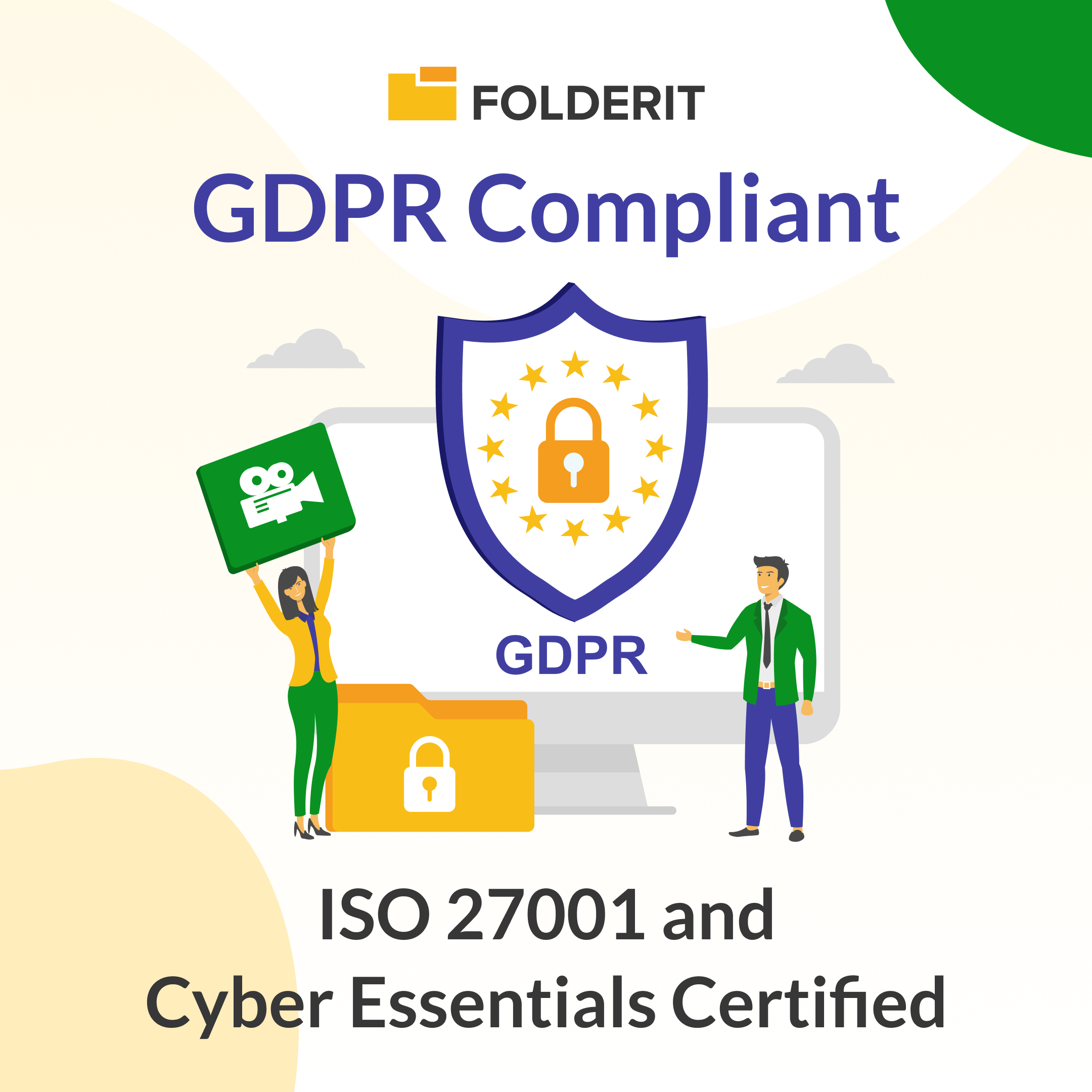Document Management Compliance
Document management compliance is critical for any organization handling sensitive, regulated, or business-critical information. Whether you operate in healthcare, finance, government, or another highly regulated industry, maintaining compliance means more than simply storing documents securely. It requires meeting detailed regulations on retention, access control, data privacy, and auditability. A modern document management system designed for compliance makes it possible to meet these obligations efficiently without slowing down your operations.

Why Document Management Compliance Matters
Regulations now cover nearly every aspect of information handling, from how documents are created and approved to how long they are kept, who can see them, and how every change is tracked. Failure to comply can lead to fines, legal disputes, reputational damage, and even loss of operating licenses. For large enterprises, the risk is even greater due to the volume of records and the number of employees accessing them. A DMS built for compliance centralizes documents, applies automated rules, and provides the tools needed to prove compliance during audits.
Key Features That Support Document Management Compliance
A strong document management system for compliance offers more than just file storage. It should combine security, automation, and regulatory-ready tools, such as:
- Automated retention policies with configurable triggers like creation date, approval date, or signature date, and automatic actions such as archiving or deletion.
- Granular access control at file, folder, and account levels so only authorized individuals can view or edit sensitive documents.
- Comprehensive audit trails recording every action, including previews, edits, downloads, and deletions, with timestamps and user details.
- Metadata management for accurate classification, making retrieval and audits faster and ensuring documents are correctly categorized.
- Encryption in transit and at rest using 256-bit encryption and SSL to safeguard data against breaches.
- Version control to preserve a full history of changes and allow rollback when needed.
- Secure document sharing via expiring public links or dedicated client portals.
Document Management Compliance and Industry Regulations
Your document management compliance strategy should align with the specific frameworks and laws your organization is subject to. The most widely applied include:
GDPR and Document Management Compliance
The General Data Protection Regulation (GDPR) applies to organizations handling personal data of individuals in the EU/EEA. It requires strong access controls, the ability to delete data on request, and transparent logging of all processing activities. A GDPR-compliant DMS ensures secure storage, permission management, audit logs, and encryption.
ISO Standards for Document Management Compliance
ISO 27001 focuses on information security, while ISO 9001 addresses quality management and document control. Both require secure storage, controlled distribution, document approval workflows, and change tracking. A DMS that meets these standards helps maintain continuous compliance and simplifies audit preparation.
HIPAA Compliance in Document Management Systems
HIPAA mandates strict privacy and security controls for patient data, including audit trails, access restrictions, and data integrity. A HIPAA-compliant DMS logs every action, restricts access to authorized users, and encrypts sensitive health information.
SEC Rules and Document Management Compliance
SEC regulations demand retention of specific records for defined periods, unalterable audit logs, and secure access management. A DMS for SEC compliance automates retention schedules and preserves tamper-proof logs.
FDA 21 CFR Part 11 and Compliance in Document Management
Life sciences and manufacturing companies must comply with FDA 21 CFR Part 11, which governs electronic records and signatures. A compliant DMS supports e-signatures, logs every record change, and maintains integrity.
Sarbanes-Oxley (SOX) and Document Management Compliance
SOX requires transparent and accurate financial reporting, with secure, long-term storage of records. A compliant DMS prevents alteration or deletion of records before their retention period ends, while maintaining version history and audit logging.
Metadata and Document Management Compliance
Accurate metadata is a critical factor in document management compliance. Metadata ensures documents are classified correctly, retrieved quickly during audits, and meet legal requirements for traceability. A strong DMS allows unlimited custom metadata fields, supports linked metadata, and makes all documents searchable, including scanned files via OCR.
Preventing Breaches with a Compliant Document Management System
Internal data breaches are a growing compliance risk, with many caused by employees. A secure DMS reduces this risk through strict user permissions, role-based access, IP restrictions, two-factor authentication, and activity monitoring. External threats are countered with strong encryption, triple-redundant backups, and disaster recovery protocols.
How a Compliant DMS Streamlines Audits
When an auditor requests evidence, speed and accuracy are vital. A compliant DMS enables instant retrieval of documents complete with metadata, audit logs, and version history. Automated reporting can produce compliance evidence in minutes, avoiding the stress of pulling scattered files together.
Folderit and Document Management Compliance
Folderit’s document management system is designed with compliance at its core. Features like automated retention, granular access controls, complete audit trails, and encryption help organizations meet the requirements of GDPR, ISO 27001, HIPAA, and other regulations. Whether deployed in the cloud or on-premises for maximum control, Folderit ensures your compliance processes are efficient, secure, and audit-ready.
Adapting to Evolving Compliance Requirements
Regulations continue to evolve, often becoming stricter and more industry-specific. A modern DMS like Folderit adapts easily with configurable settings, scalable infrastructure, and regular security updates to keep your compliance strategy aligned with current laws.
Moving Forward with Compliance
Regulatory requirements are not slowing down, and neither should your ability to meet them. With a document management system built for compliance, every retention rule, access policy, and audit trail becomes part of your everyday workflow rather than an extra burden.
Folderit gives you the structure and tools to manage your records in line with the toughest standards, while keeping the process clear and manageable for your team. Whether you are preparing for an upcoming audit, improving data security, or standardizing retention schedules, the right system turns compliance from a challenge into a routine part of doing business.